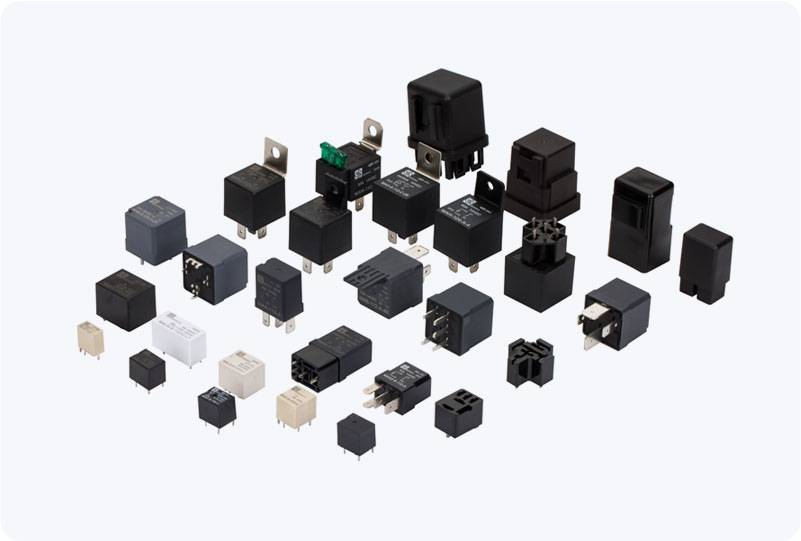power relay contact welding solution: addressing the challenges and solutions for reliable relay performance
Release time:2025-10-22 17:10:13
Power relays are essential components in electrical systems, enabling the control of high-current devices through low-power control signals. They serve as vital components in automation, motor control, and many other industrial applications. However, one of the major issues that plague the longevity and performance of power relays is the phenomenon of contact welding. This issue occurs when the relay’s contacts fuse together due to excessive current, arc discharge, or mechanical wear, compromising the relay's ability to perform its function reliably. To mitigate the risks of contact welding, various solutions have been developed to enhance the longevity and efficiency of power relays. This article delves into the challenges posed by contact welding and presents a detailed examination of Power Relay Contact Welding Solutions.

The Causes of Contact Welding in Power Relays
Contact welding in power relays primarily occurs when electrical current flows through the relay's contacts and generates heat. This heat, when combined with high current, can lead to the formation of an electric arc between the contact points. Over time, repeated arcing and mechanical wear weaken the contact surfaces, which can eventually cause the contacts to fuse together, a state referred to as welding. The most common causes of contact welding in relays include:
High Inrush Current: When a relay switches high-current devices, such as motors or capacitive loads, the initial surge of current (inrush current) can be several times higher than the steady-state current. This can cause an intense electrical arc, leading to contact degradation and eventual welding.

